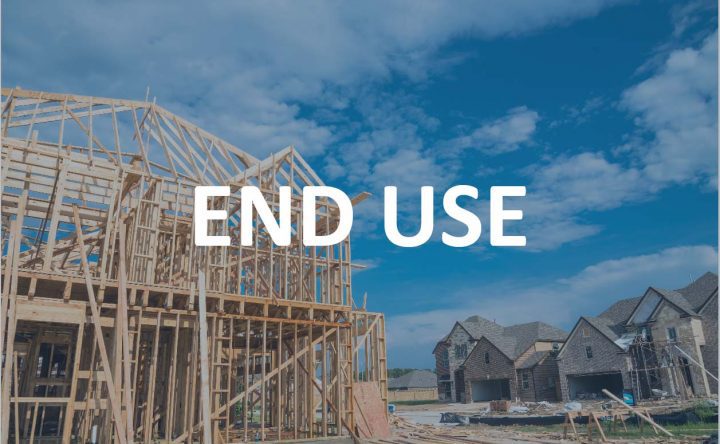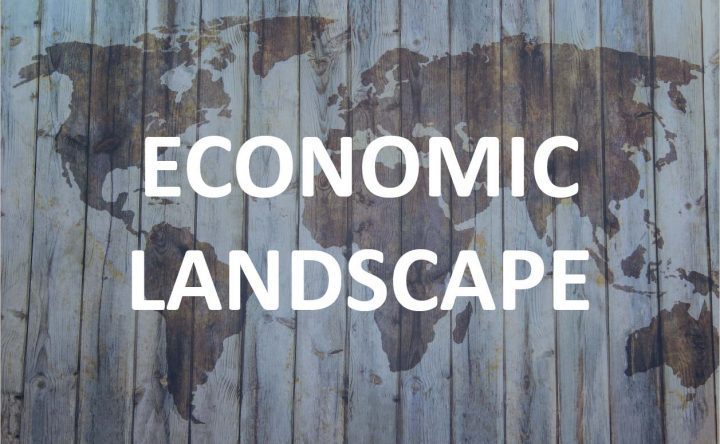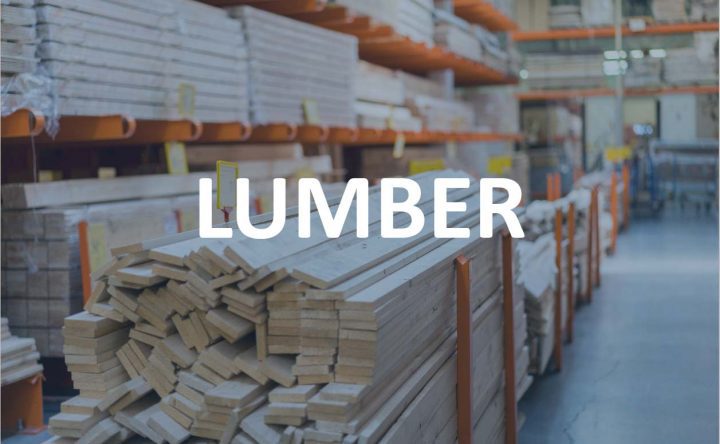The National Association of Realtors® (NAR) reported on Friday (2-25-22) that their Pending Homes Sales Index (PHSI), which is based on signed real estate contracts, not actual closings, for existing single-family homes, condominiums, and co-ops, declined -5.7% in January 2022 (from December 2021) to a reading of 109.5.
Wood Markets News
Personal Income, Disposable Income, and Personal Consumption Expenditures All Increased in January 2022
The U.S. Bureau of Economic Analysis reported on Friday (2-25-22) that, according to estimates, personal income increased $9.0 billion (less than 0.1%) in January. Disposable personal income increased $19.8 billion (0.1%). Personal consumption expenditures increased $337.2 billion (2.1%).
University of Michigan Final Consumer Sentiment Index Declines for February 2022
The University of Michigan today (2-25-22) released its final Consumer Sentiment Index (CSI) for February. The Index of Consumer Sentiment declined to a reading of 62.8 in February, down from 67.2 in January. This is a month-over-month decrease of -6.5% and down -18.2% year-over-year (76.8 in February 2021).
New Home Sales Decline Month-Over-Month and Year-Over-Year in January 2022
On Thursday (2-24-22), the U.S. Census Bureau and the Department of Housing and Urban Development jointly announced that new residential single-family home sales for January 2022 were at a SAAR of 801,000, according to estimates. This is -4.5% below the revised December rate of 839,000.
Confidence in the Market for New Multifamily Housing Improved in Q4 2021
According to the latest results from the National Association of Home Builder’s (NAHB) Multifamily Market Survey (MMS), in Q4 of 2021, confidence in the market for new multifamily housing improved. The Multifamily Production Index increased 1 point to a reading of 54 from Q3. The Multifamily Occupancy Index declined six points to a reading of 69.
GDP for Q4 2021 Increases in “Second Estimate” from Bureau of Economic Analysis
The Bureau of Economic Analysis (BEA) released today (2-24-22) its “second estimate” of real gross domestic product (GDP) for Q4 2021. BEA reports GDP increased at an annual rate of 7.0%. In Q3 2021, the real GDP increased 2.3%.
30- and 15-Year Fixed Mortgage Rates Decline Slightly in the Week Ending February 24, 2022
Freddie Mac has released its Primary Mortgage Market Survey (PMMS) for the week ending February 24, 2022. The PMMS reports that the 30-year fixed-rate mortgage averaged 3.89% with an average 0.8 point, down from last week when it averaged 3.92%. A year ago, at this time, the 30-year FRM averaged 2.97%.
Weekly Jobless Claims Decline in the Week Ending February 19, 2022
The U.S. Department of Labor is reporting that an additional 232,000 Americans made their initial filing for unemployment benefits during the week ending on Saturday, February 19, 2022. This is a decrease of 17,000 from the previous week’s revised level. The 4-week moving average was 236,250.
Interfor Corporation Completes Acquisition of EACOM Timber Corporation
Interfor Corporation said today (2-23-22) that it has completed the previously announced transaction to acquire 100% of the equity interests of EACOM Timber Corporation from an affiliate of Kelso & Company. The transaction was effective as of February 22, 2022.
Fire at Weyerhaeuser’s Grand Prairie, Alberta Sawmill Under Investigation, but Mill Remains Operational
The fire was located in between the building walls, which made it difficult for firefighters to access the main body of fire. Crews remained on the scene chasing hot spots throughout the day and to make sure the building was safe. According to local news sources the building and the sawmill remains operational.




